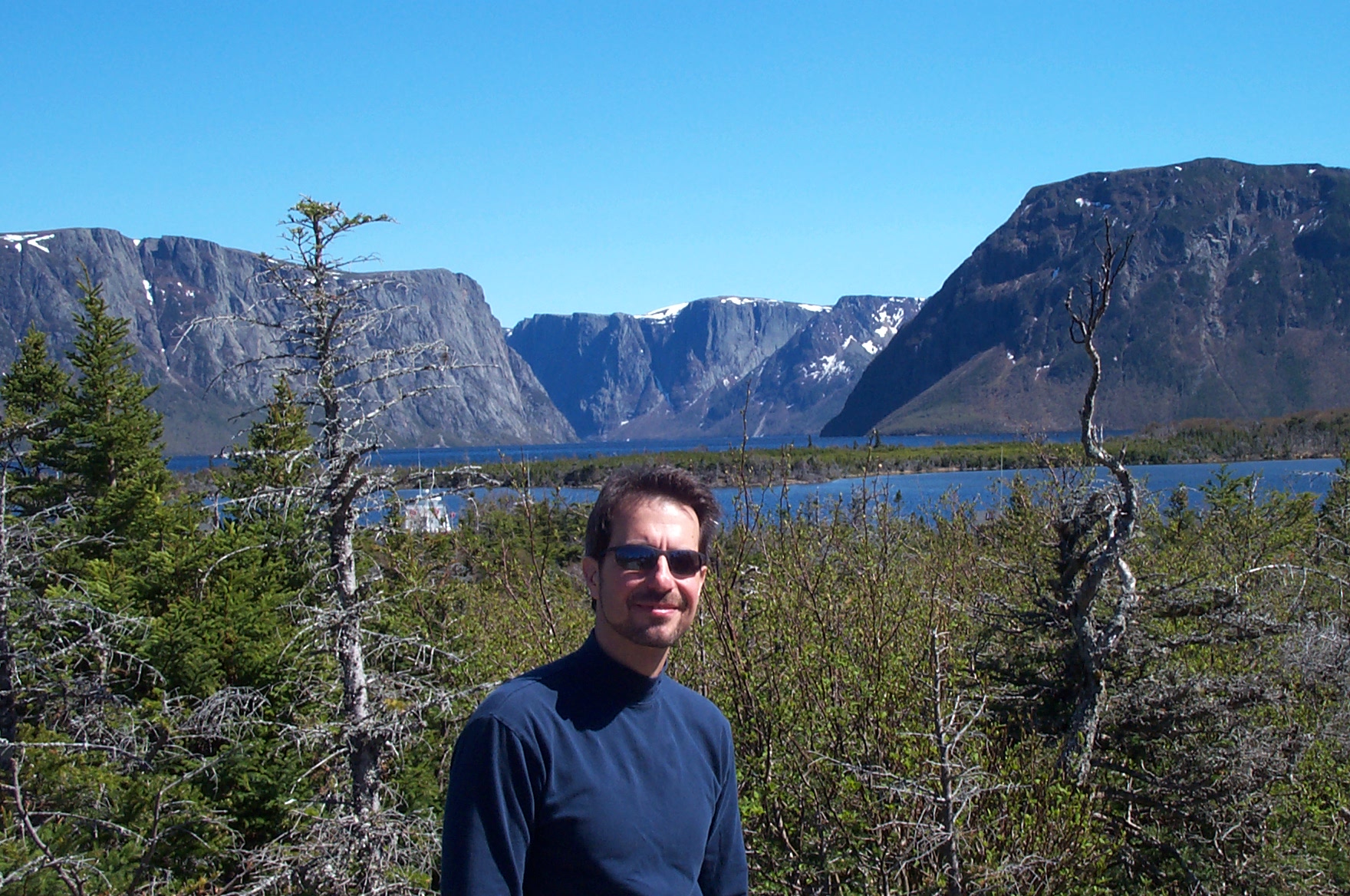
John P. Martin, Ph.D.
Senior Project Manager
In 1993, John joined the New York State Energy Research and Development Authority to manage its Subsurface Resources Program and developed a portfolio of more than 100 projects with total funding in excess of $50 million. He has served on various state and national panels including the U.s. Department of Energy’s Unconventional Resources Technical Advisory Committee. In addition, he completed the initial research on the natural gas potential of New York's Utica Shale that helped stimulate significant industry investment in this resource. John regularly lectures and publishes on such diverse topics as the development of shale gas reservoirs, carbon capture and sequestration, compressed-air energy storage, renewable energy resource development, and research policy. He holds a Ph.D. in Urban and Environmental Studies, an M.S. in Economics and a B.S. in Geology, all from Rensselaer Polytechnic Institute. He also holds an M.B.A. from Miami University and completed graduate work in mineral economics at West Virginia University.
Carbon Sequestration in New York
Concerns over anthropogenically-induced climate change have created a robust effort towards the permanent disposal of carbon dioxide in geological formations. Capturing CO2 emissions and storing the gas in underground geological formations could significantly reduce the amount of CO2 released to the atmosphere. Before this can be implemented in New York State, NYSERDA is conducting a number of geological studies to determine which locations and formations are capable of storing CO2. NYSERDA’s CCS research projects include a statewide assessment of New York’s geological sequestration potential, an evaluation of gas shale formations for potential CO2 sequestration and enhanced gas recovery, characterization of the geology for three specific areas of the state to further determine the feasibility of geological sequestration and aiding early-stage research on novel CO2 disposal opportunities. Finally, NYSERDA is part of an effort to define the key regulatory issues surrounding CCS. While CO2 has long been injected underground for enhanced oil or gas recovery, sequestration for large-scale disposal and/or long-term storage is a relatively new technology with only a limited number of commercial operations around the world. As such, legal statutes, relevant common law and regulatory framework are underdeveloped and rarely extend beyond basic, first-order issues.